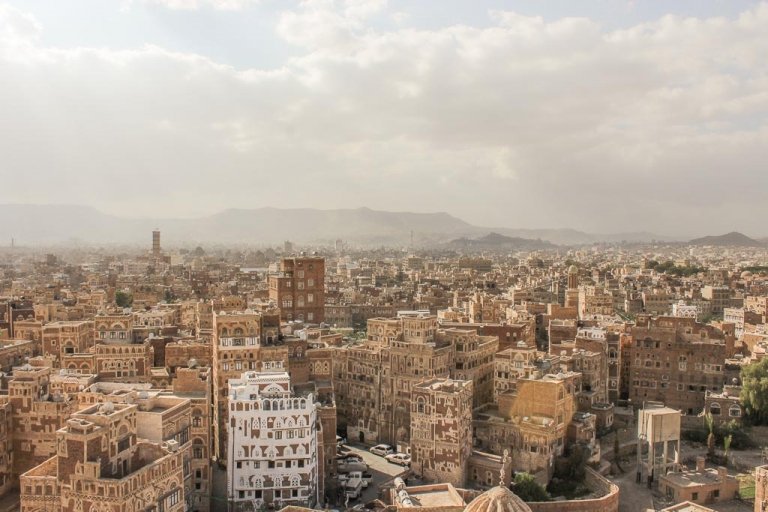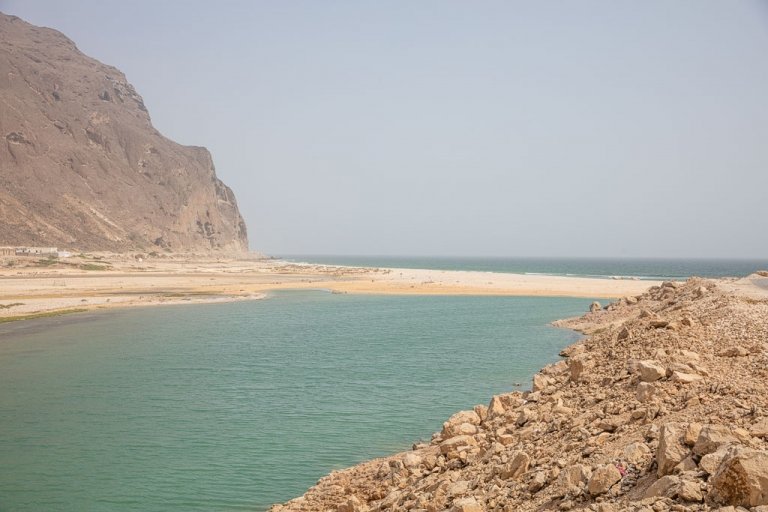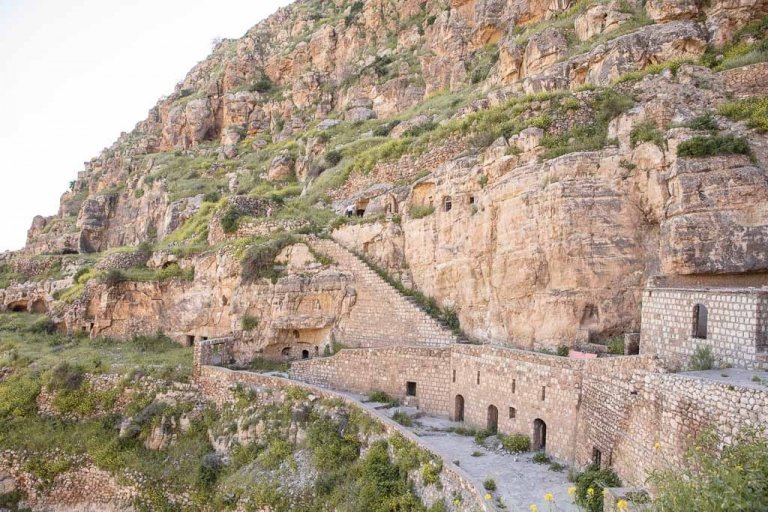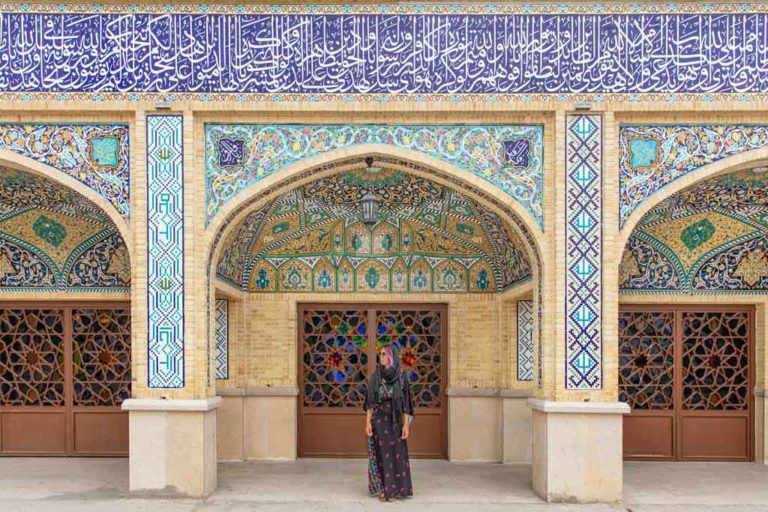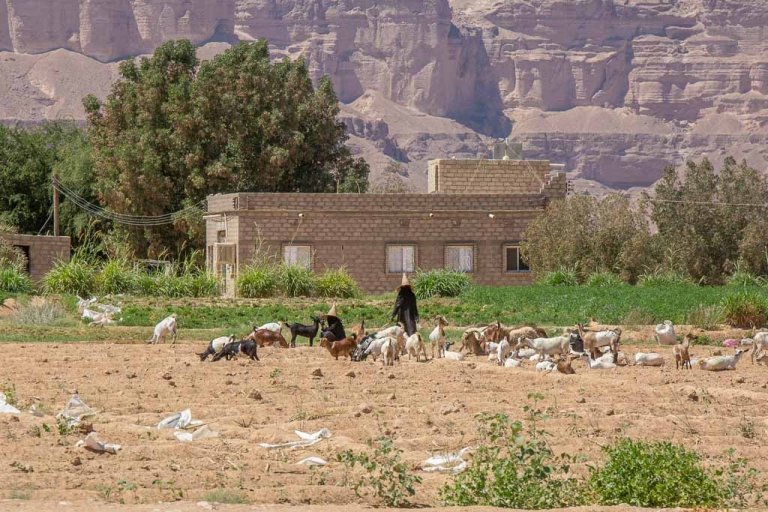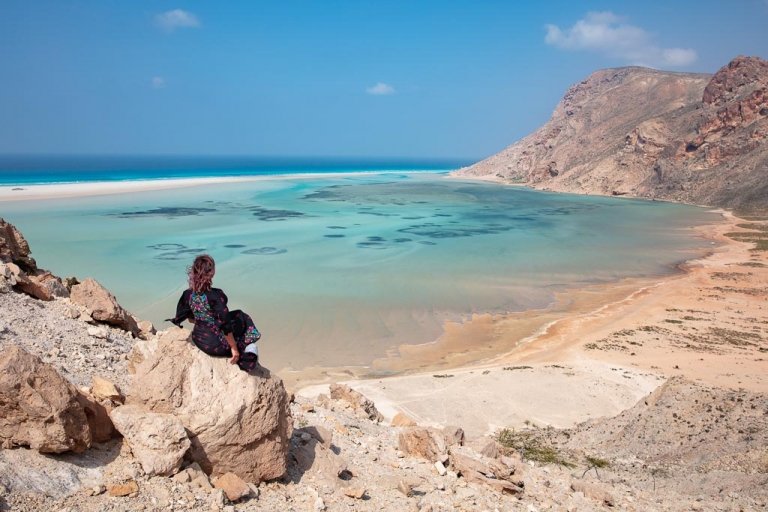
Middle East Travel Guide
Owing to decades of war and chaos in several parts of the Middle East this region remains one of the most seldom visited by travelers. But this is the cradle of civilization. The Middle East offers truly remarkable historical sites, some of the wildest landscapes you could dream of, and hospitality that warms even the coldest hearts.
Yemen was my first destination visited in the Middle East. My palms were sweating and fleeting thoughts ran through my head as I waited to board my flight from Dubai to Sana’a, dressed in full hijab. Those fearful thoughts immediately melted away on my arrival and staved off for the remainder of what would be my most unforgettable trip to the mainland and its special offshore island of Socotra.
Since then I’ve had the privilege to road trip through Oman, experience the renown hospitality of the Kurds in Iraqi Kurdistan, circumnavigated a rainbow island in Iran, eaten the best food in the world in Cyprus, peered up at the immense architecture in Turkey, and spent many a long layover cruising the streets in Dubai, Qatar and Bahrain.

Best Time To Visit The Middle East
In general, October through May is the best time to visit the Middle East. Summertime temperatures can be deadly and the season is best avoided.
Spring: March to May
This might sound crazy, but this is the greenest time of year in the Middle East. I know, I know- there’s a lot of desert, but trust me, there are some greener bits! The Dhofar region of Oman, mountain ranges of Iraqi Kurdistan and Iran, and the interior of Cyprus feel like they’re coming back to life in springtime. This is also your last chance to get into Socotra before the hellacious storm season sets in.
Summer: June-August
In general, the entire Middle Eastern region is best avoided in the summertime. With temperatures that can easily exceed 60ºC in some areas, this time of year can be quite dangerous. If you do brave the Middle East in mid-summer I’d say head for the hills- literally. The high mountain areas of Iran, Iraq, and Oman are about your only hope for a reprieve. All that said, this is a great time to laze on Cypriot beaches.
Fall: September-November
Fall brings temperatures that return to manageable levels, though the southern Arabian Peninsula can still be boiling hot until winter. The end of fall can be a great time to explore the Middle East before the holiday crowds descend from Europe.
Winter: December-February
Surprisingly, winter can get cold in parts of the Middle East, though its more southerly counterparts will be cool and comfortable. This is the best time to explore Socotra Island with stable weather (usually), and blooming endemic species. A road trip in Oman can be quite rewarding and a more comfortable endeavor than other parts of the year. Iran and Iraqi Kurdistan offer up skiing potential in January and February.
Wild Landscapes: From the otherworldly endemics of Socotra, the Rainbow Island of Hormuz in Iran’s narrow Strait of Hormuz, the sand dunes and craggy wadis of Oman, to the epic mountain sceneries of Iraqi Kurdistan, the Middle East boasts more diverse landscapes than you’ll know what to do with- see, I told you it’s not all desert!
Architecture: Some of the most gorgeous architecture the world over can be found here in the Middle East. Personally, I’d say the epicenter is Iran, with is dazzling tiled mosques and madrasas- but I’ll let you be the judge. Every region holds architectural gems spanning from countless cultures and across even more empires. Some of my favorite Middle Eastern countries for architecture are Iran, Oman, and Yemen.
Cuisine: Middle Eastern food is as diverse as it is delicious. My favorite country based on cuisine would have to be Cyrpus. That said, I never pass up the chance to dive into Yemeni, Kurdish, Lebanese, or Turkish food.
Beaches: The Middle East as a whole is pretty conservative, but not all parts are. Cyprus straddles Europe and Asia, and with a European attitude offers up plenty of coastlines to laze about on. The same can be said for Israel and parts of Turkey. Of course, western-tourist catering beach resorts in the Gulf States will let you sunbathe without any discontent. If you want wild, untamed and beautiful beaches head to Oman, Socotra, and Iran.
Off the beaten path: The Middle East is a pretty far-flung region, with many travelers passing it up for greener and more stable pastures. Of course in hotspots like Turkey and the UAE, you’ll find many a tourist, but in other parts, you’ll feel like you have it all to yourself. Of course, some parts of the Middle East are suffering greatly due to war- mainland Yemen, Arab Iraq, and Syria, just to name a few areas. While most all governments on Earth advise against any kind of travel to some of the more battered regions of the Middle East, it’s not impossible to get there. With research and the right team of fixers and guides, it can be done- but know that you are taking a big risk.

















